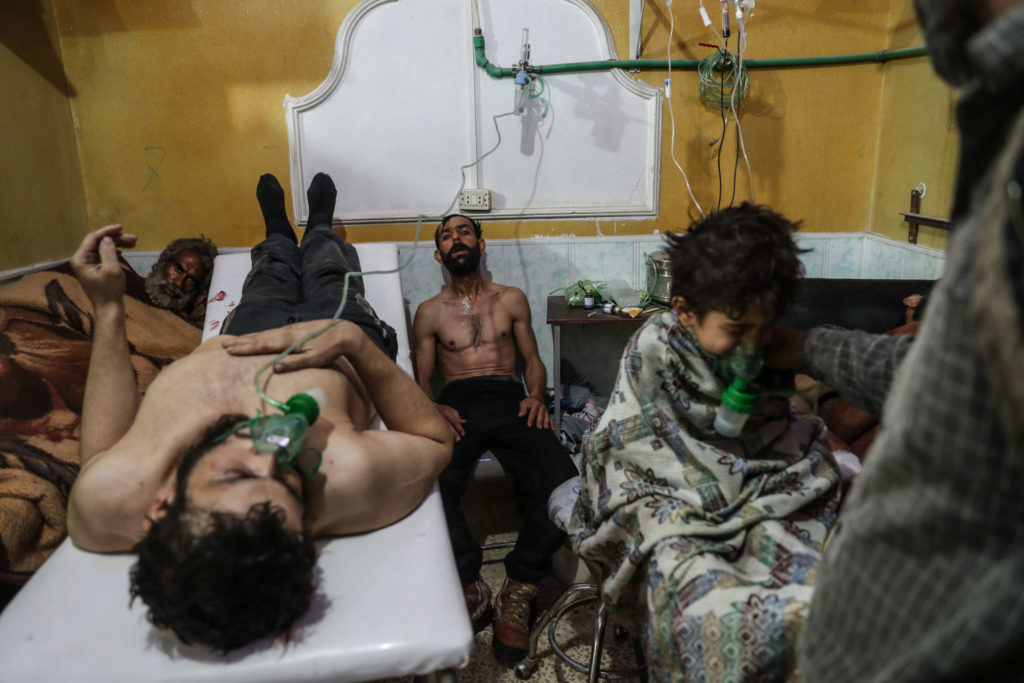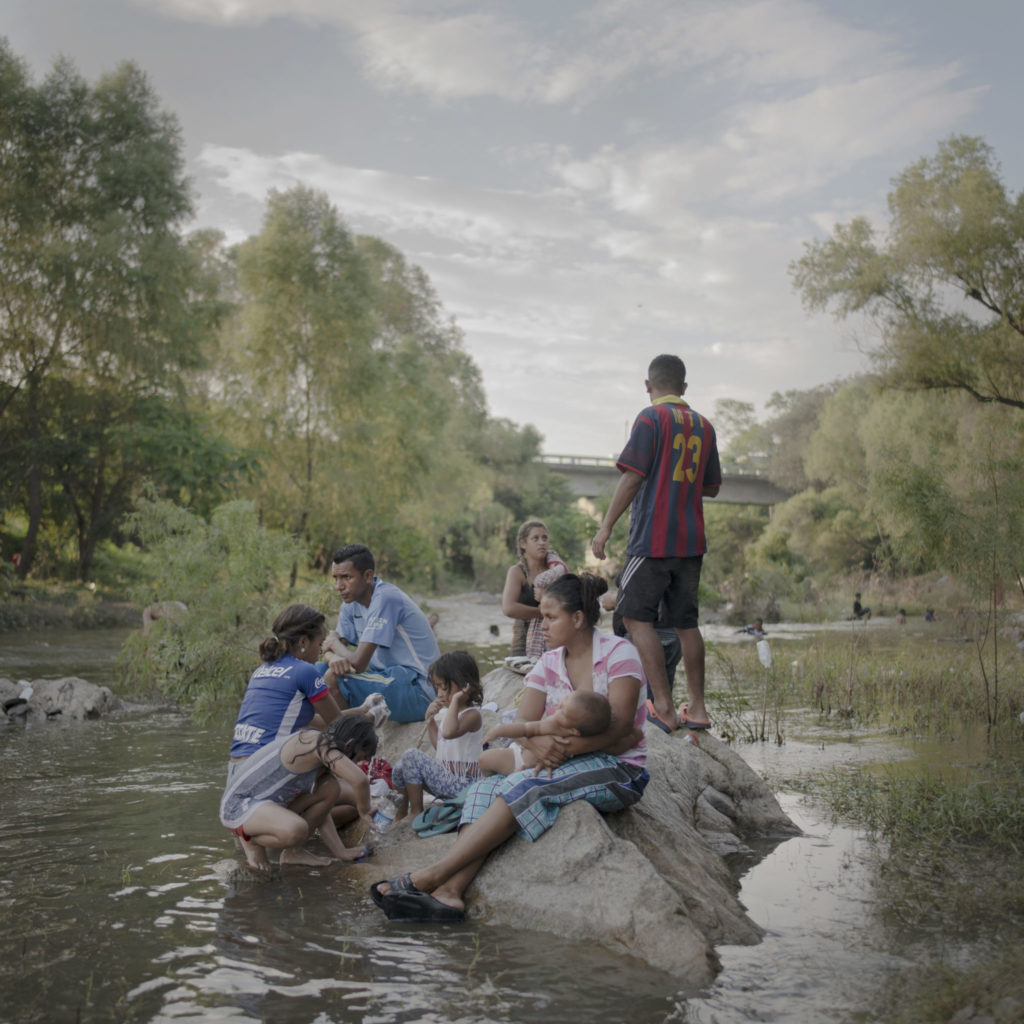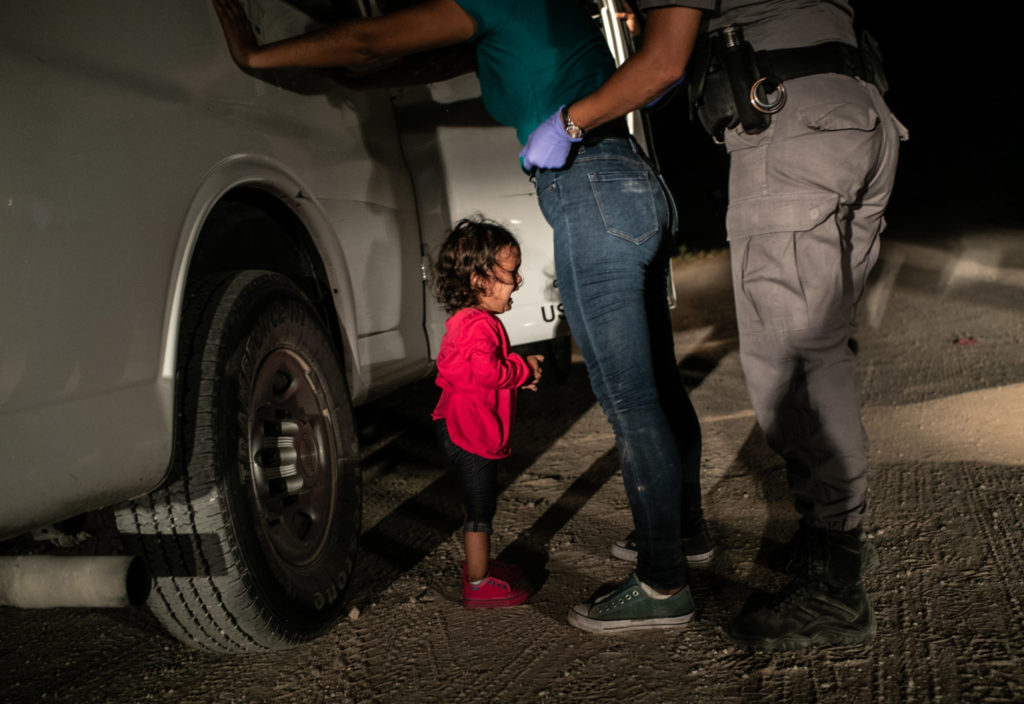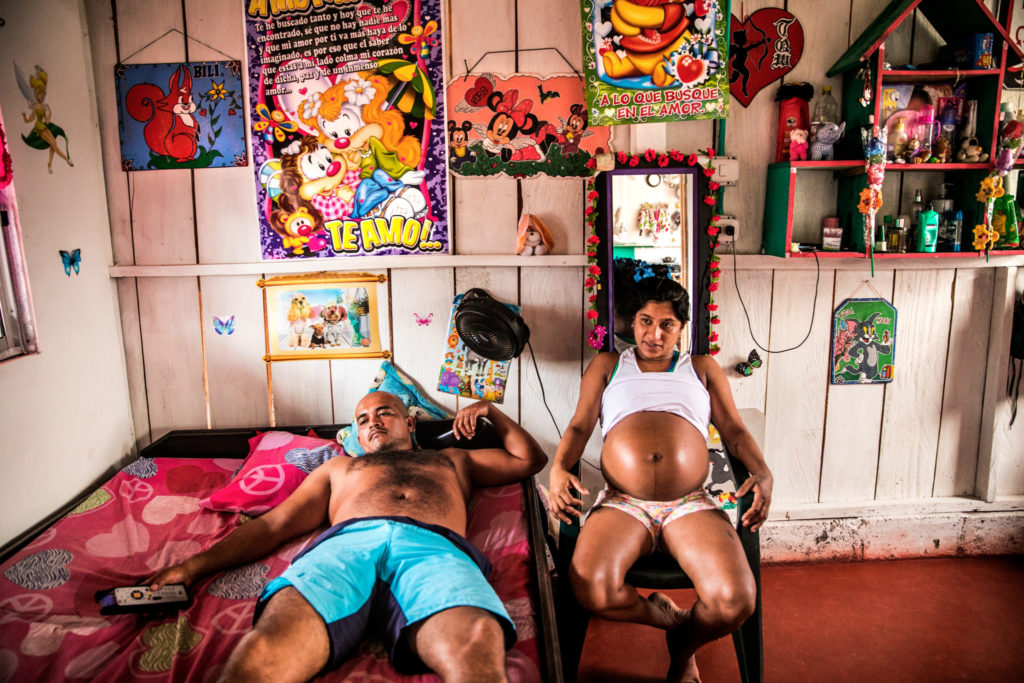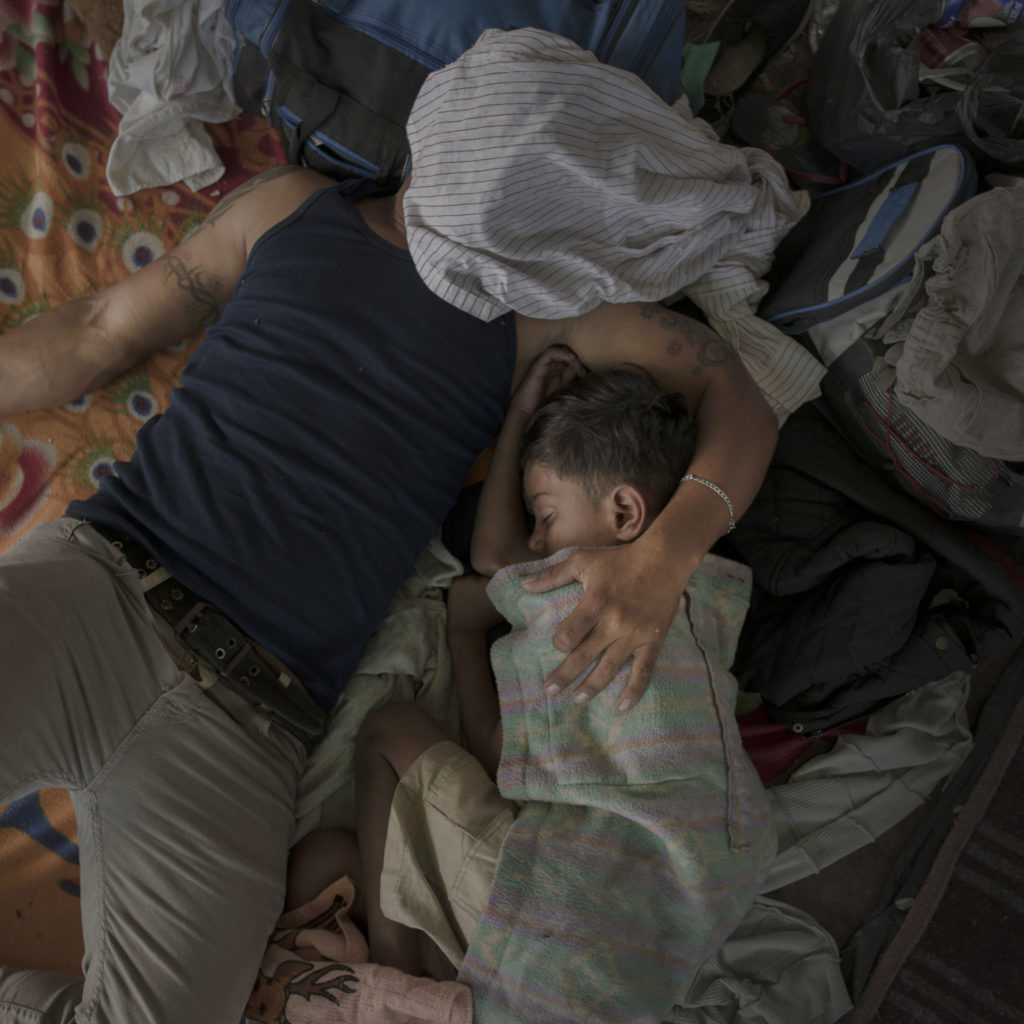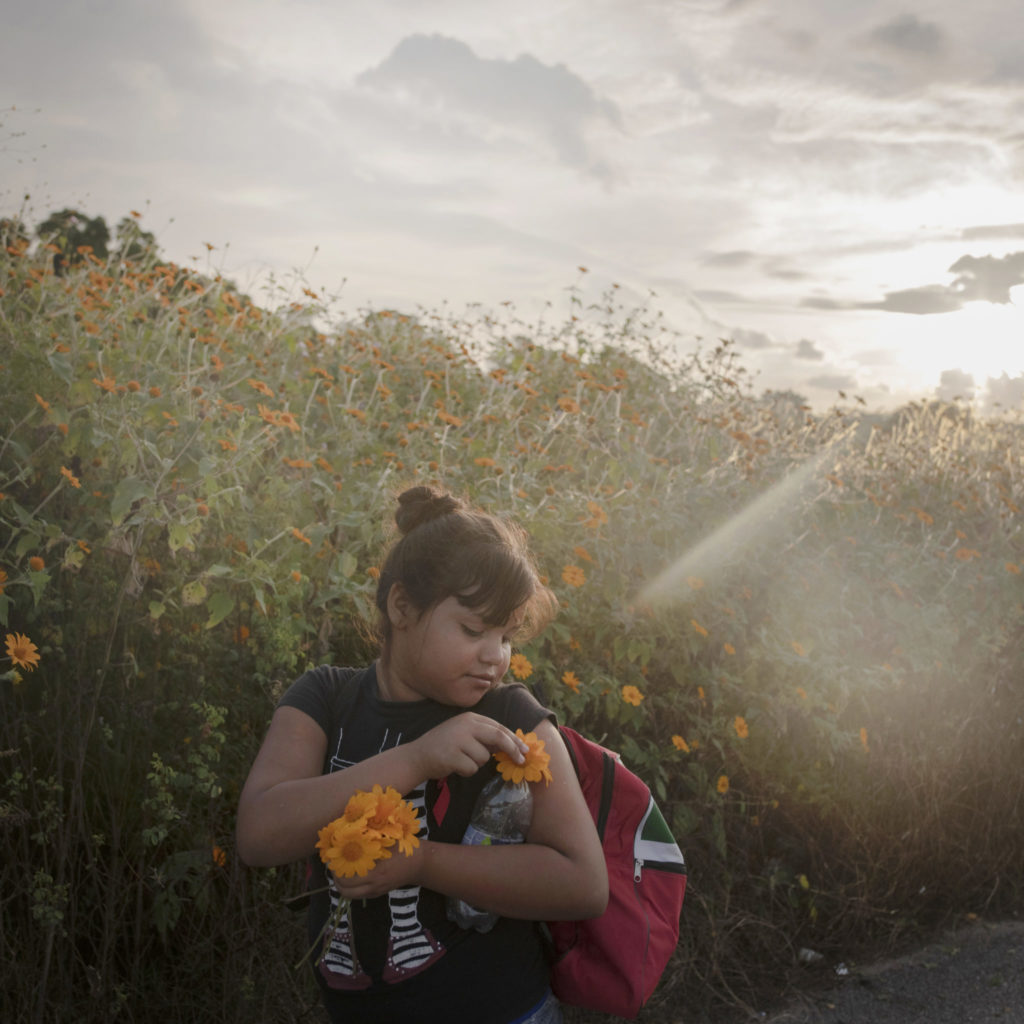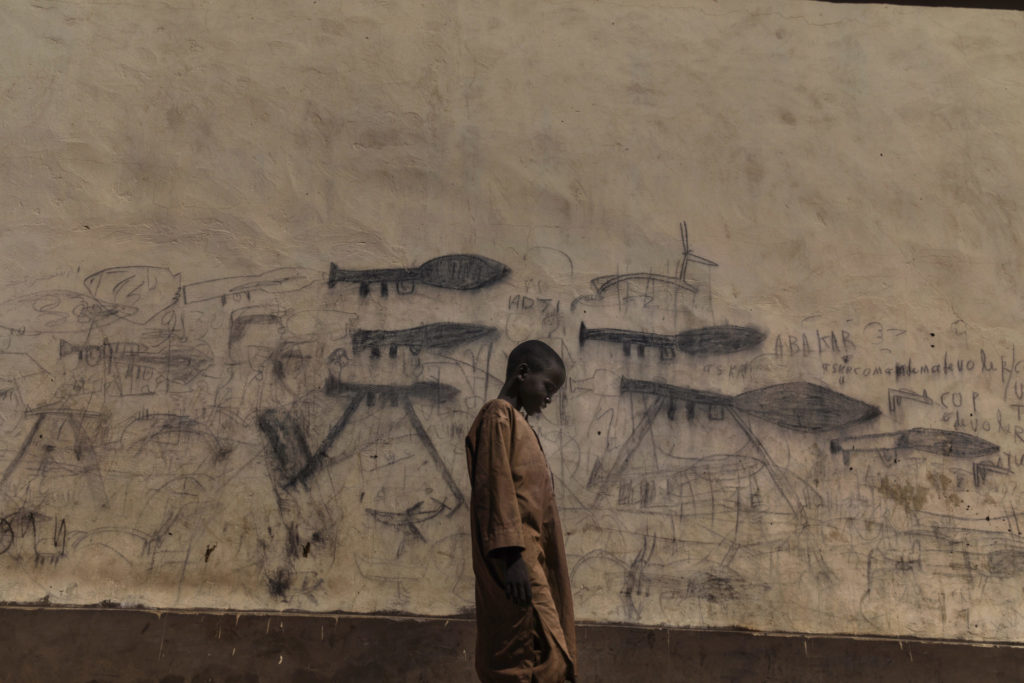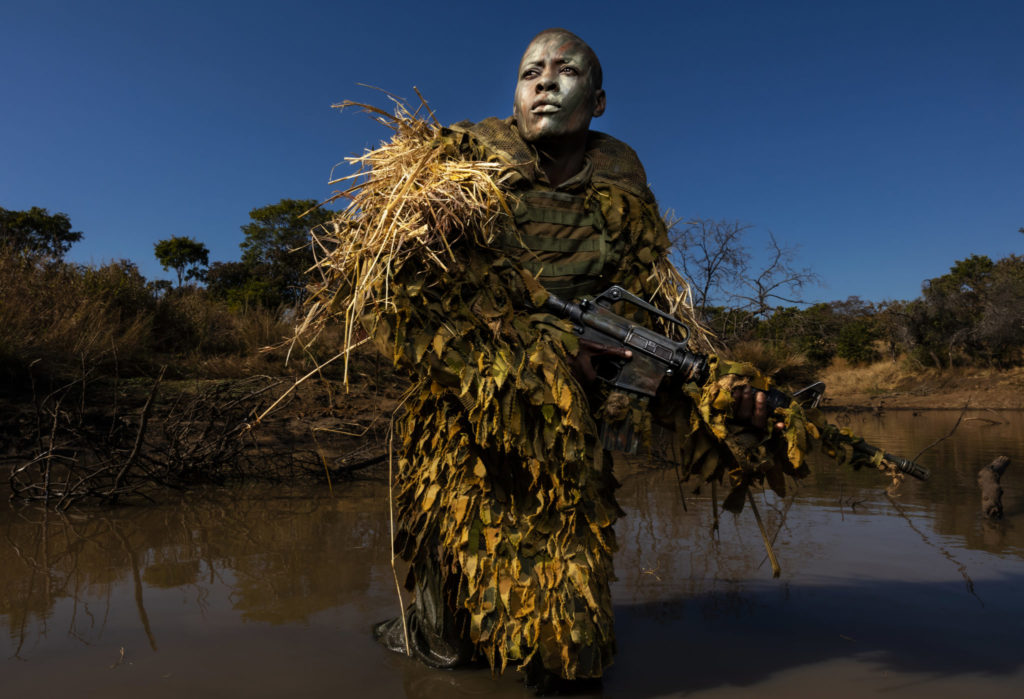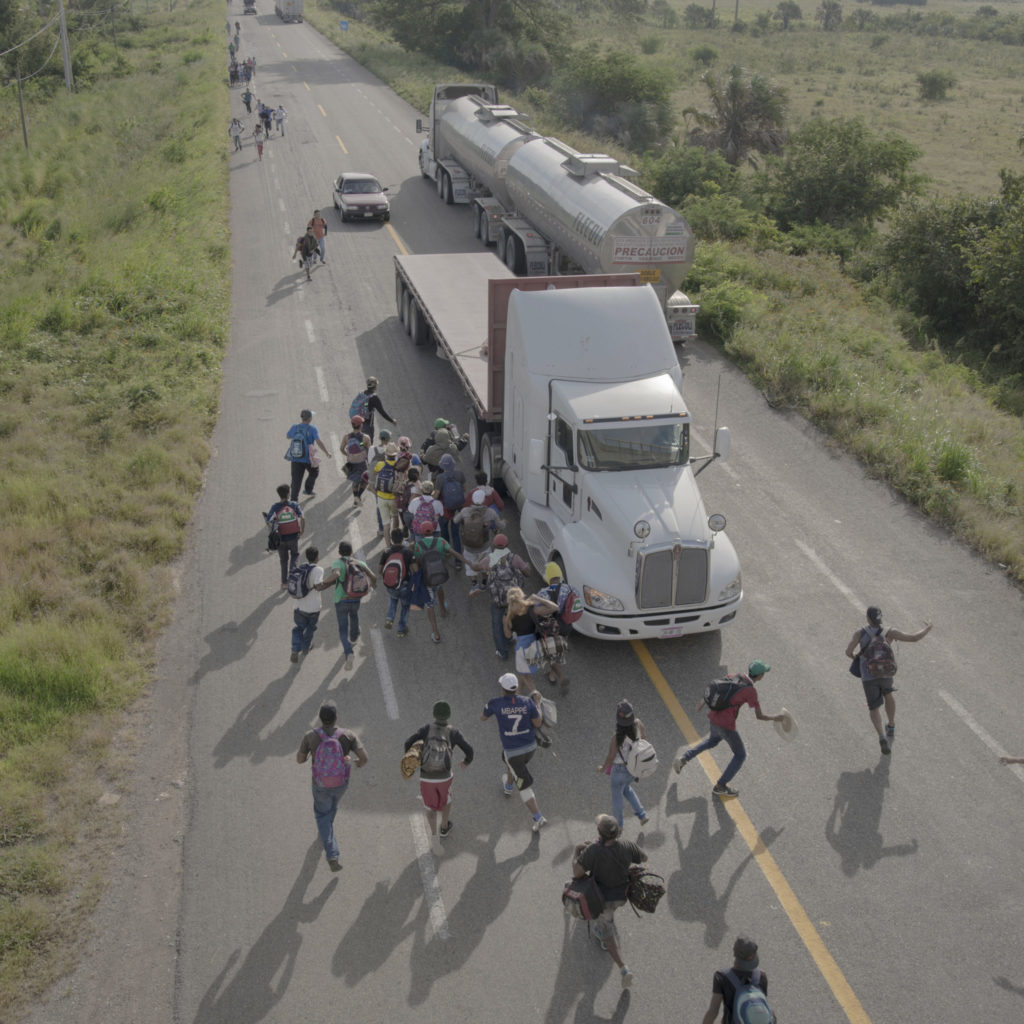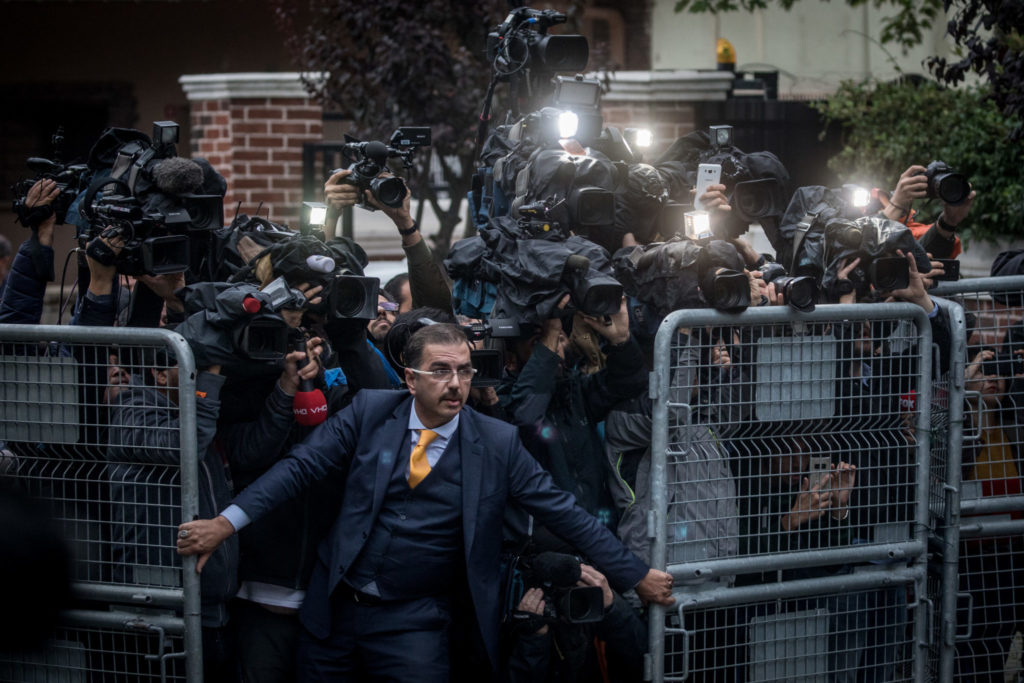A picture of a young child crying as she and her mother are taken into custody by US border officials has been named the World Press Photo of the year.
The winners were announced at a special awards show in Amsterdam this evening and can be viewed through the gallery above.
The winning image, captured by Getty Images special correspondent John Moore, has been credited with highlighting the controversial US immigration practice of separating families caught attempting to cross the border illegally.
It shows Honduran toddler Yanela Sanchez crying as she and her mother are taken into custody in McAllen Texas on June 12th 2018.
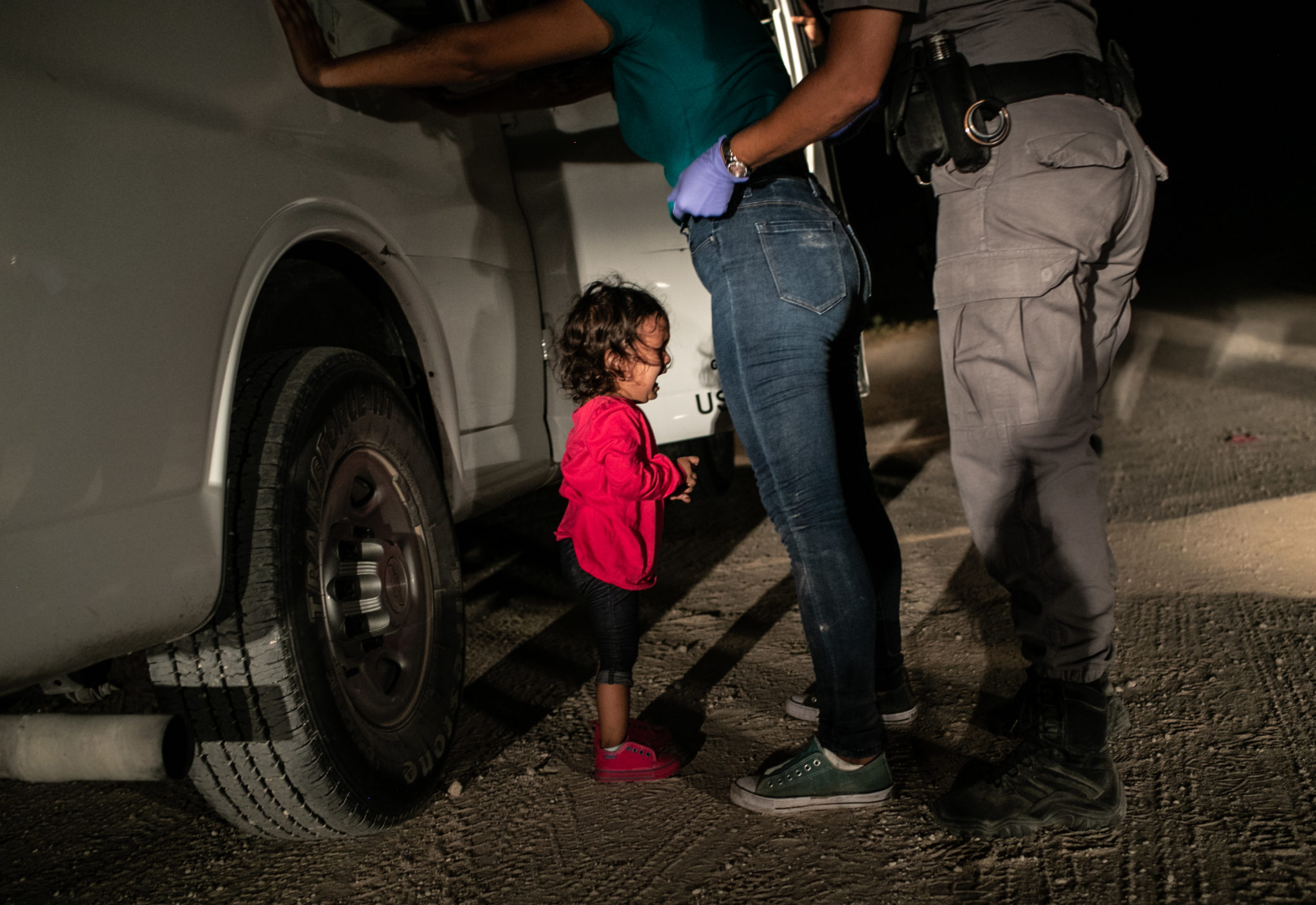 World Press Photo of the Year: A two-year-old Honduran asylum seeker cries as her mother is searched and detained near the U.S.-Mexico border in McAllen, Texas, 12-06-2018. Image: John Moore/Getty Images
World Press Photo of the Year: A two-year-old Honduran asylum seeker cries as her mother is searched and detained near the U.S.-Mexico border in McAllen, Texas, 12-06-2018. Image: John Moore/Getty ImagesAfter the picture was published US Customs and Border Protection confirmed that Yanela was not one of the thousands separated from her family by officials – however, the public outcry over the practice eventually saw US President Donald Trump reverse the policy on June 20th.
Whitney C Johnson, chair of the photo contest jury, said judges were looking for something “surprising, unique, relevant and memorable.”
“The details in the picture are interesting,” she said. “From the gloves that the border patrol officer is wearing to the fact that the shoelaces have been removed.”
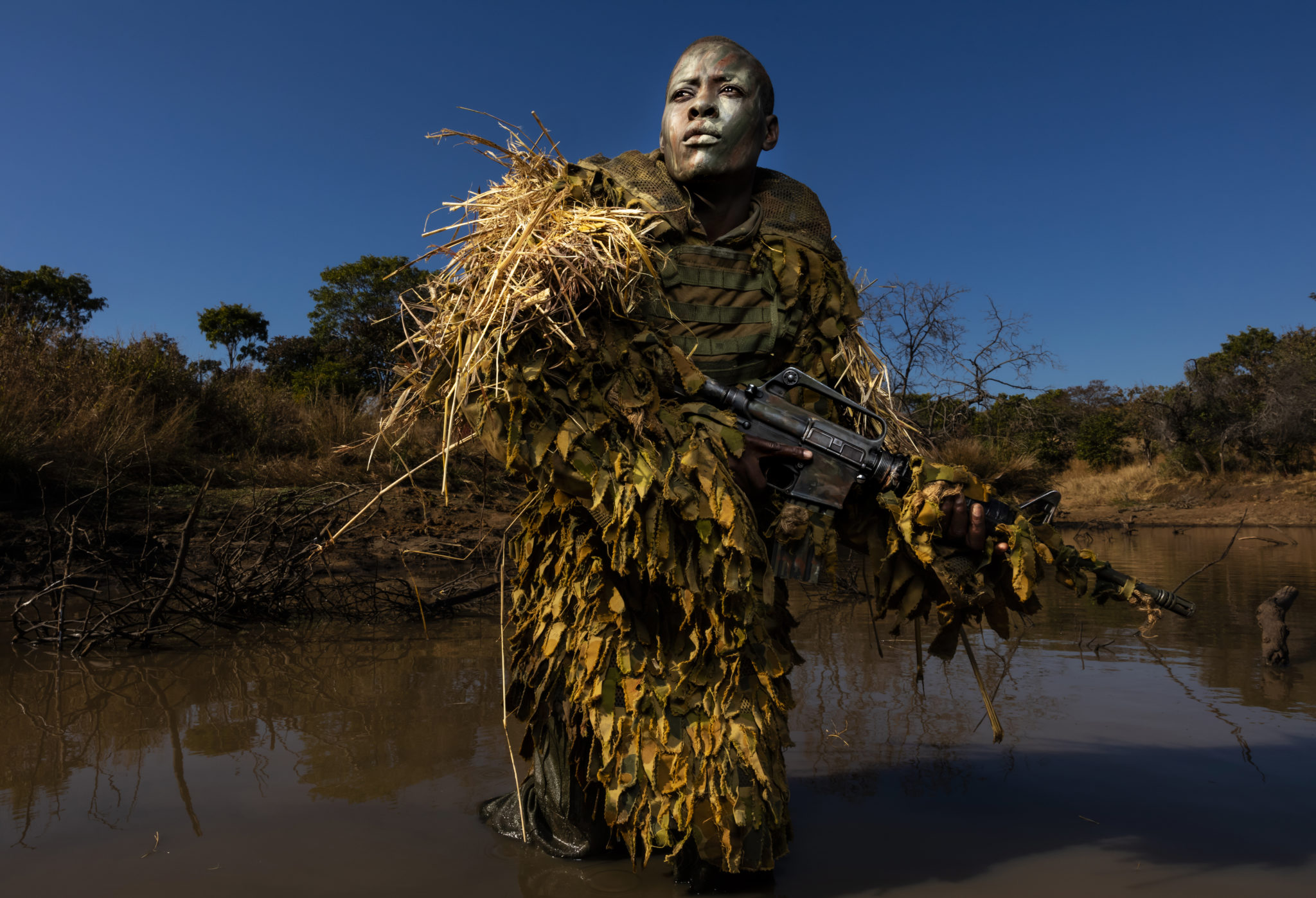 World Press Photo of the Year nominee: 30-year-old Petronella Chigumbura, an elite member of the all female conservation ranger force known as Akashinga, undergoes sniper movement and concealment training in the bush near their base. Image: Brent Stirton/Getty Images
World Press Photo of the Year nominee: 30-year-old Petronella Chigumbura, an elite member of the all female conservation ranger force known as Akashinga, undergoes sniper movement and concealment training in the bush near their base. Image: Brent Stirton/Getty ImagesJury member Alice Martins said: “It immediately tells you so much about the story.”
“At the same time, it really makes you feel so connected to it. This picture shows a different kind of violence that is psychological.”
Mr Moore said he believed the image “touched many people’s hearts, as it did mine, because it humanized a larger story.”
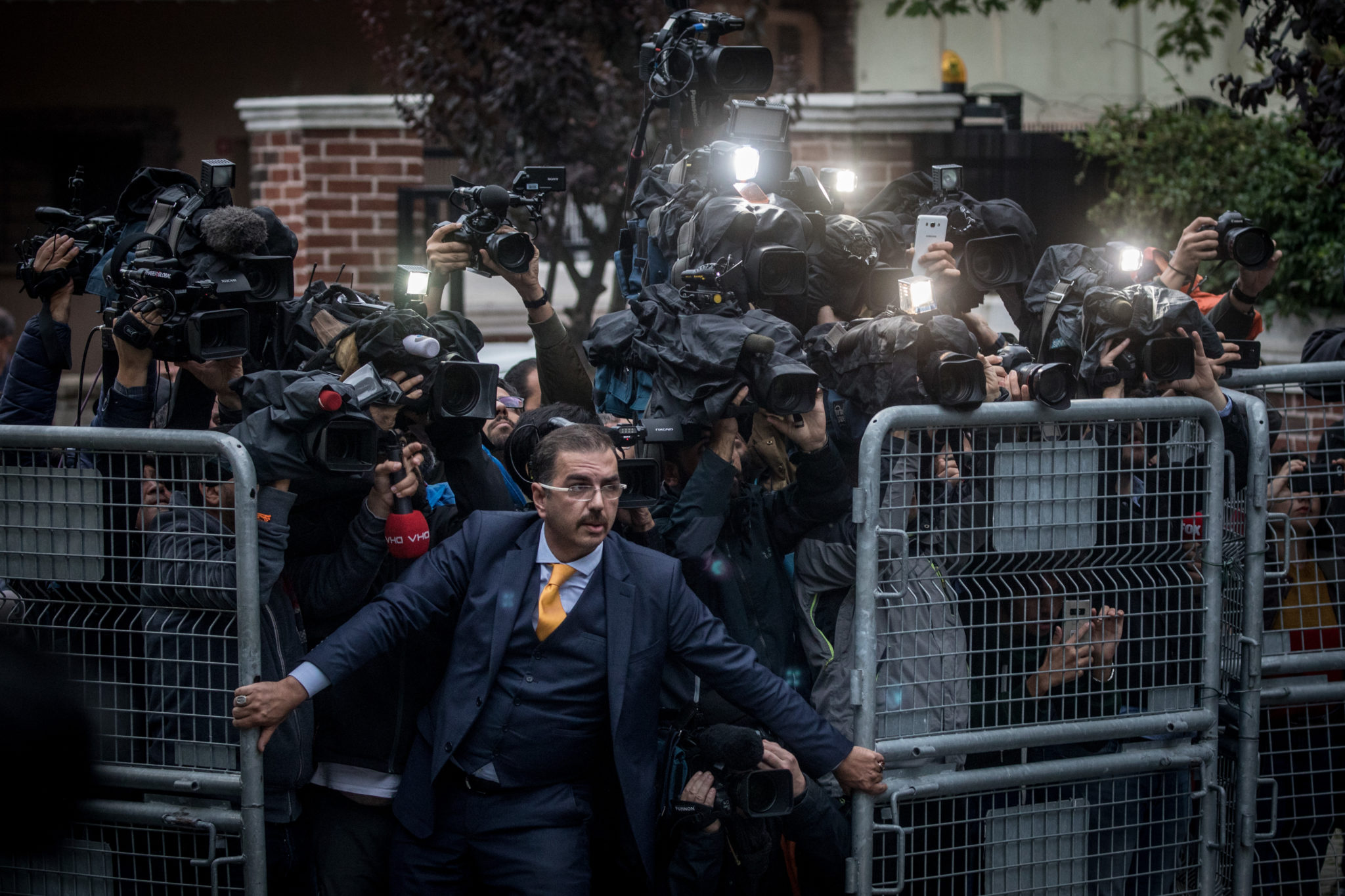 World Press Photo of the Year nominee: Covering the disappearance of Jamal Khassoggi. Image: Chris McGrath/Getty Images
World Press Photo of the Year nominee: Covering the disappearance of Jamal Khassoggi. Image: Chris McGrath/Getty ImagesStory of the Year
This year the World Press Photo Foundation introduced the ‘World Press Photo Story of the Year’ award.
The award went to photojournalist Pieter Ten Hoopen for the ‘The Migrant Caravan’ – which documents the largest migrant caravan in recent memory.
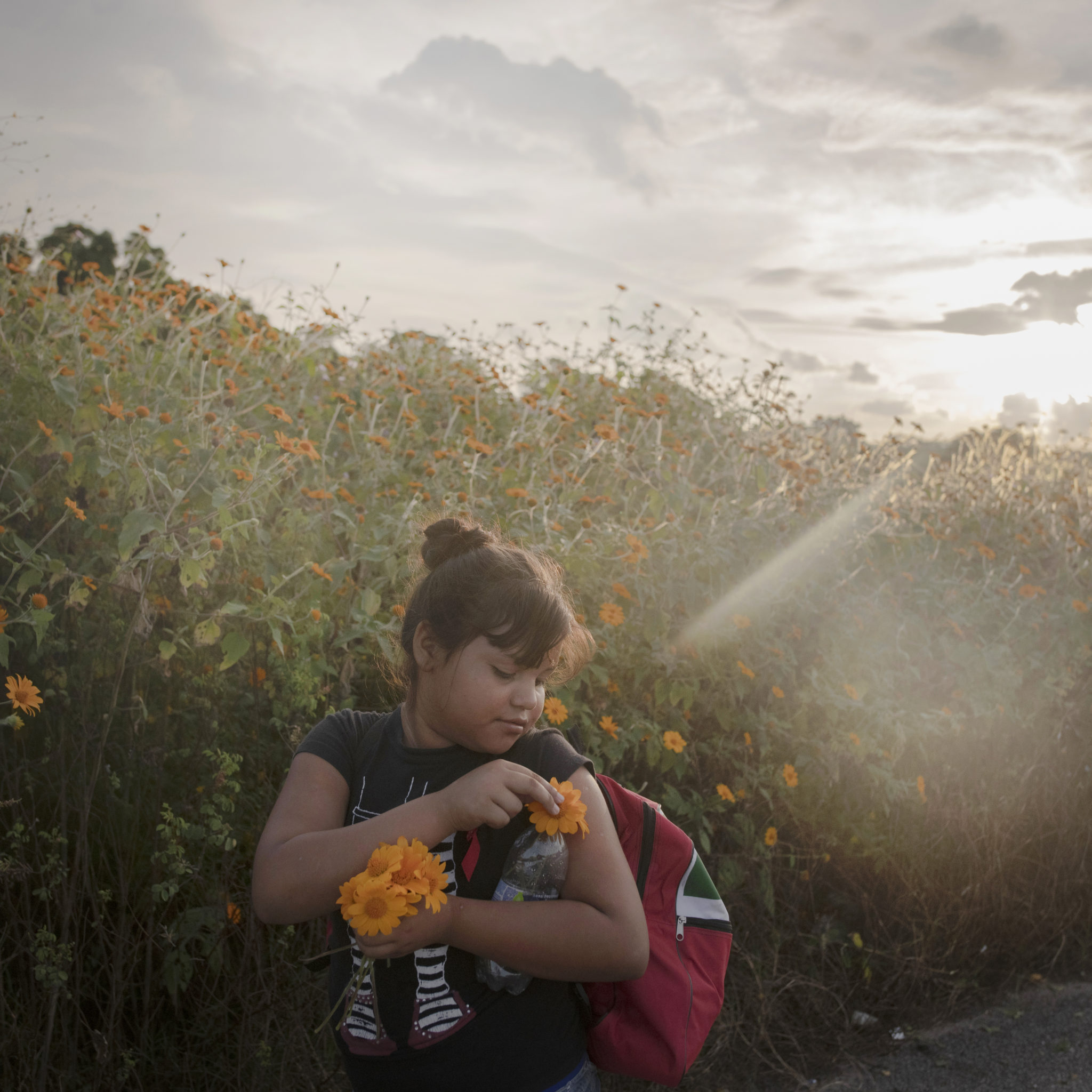 ‘The Migrant Caravan’ World Press Photo Story of the Year: During October and November 2018, thousands of Central American migrants joined a caravan heading to the United States border. Images: Pieter Ten Hoopen/ Agence VU/Civilian Act
‘The Migrant Caravan’ World Press Photo Story of the Year: During October and November 2018, thousands of Central American migrants joined a caravan heading to the United States border. Images: Pieter Ten Hoopen/ Agence VU/Civilian ActUN agencies estimated that as many as 7,000 people, including at least 2,300 children, joined teh caravan as it was making its way across Central America.
Fuelled by a grassroots social media campaign, the caravan grew after it left San Pedro Sula, Honduras, on October 12th, eventually gathering in people from Nicaragua, El Salvador and Guatemala.
Ms Johnson said the jury was determined to pick something that ‘held together visually.’
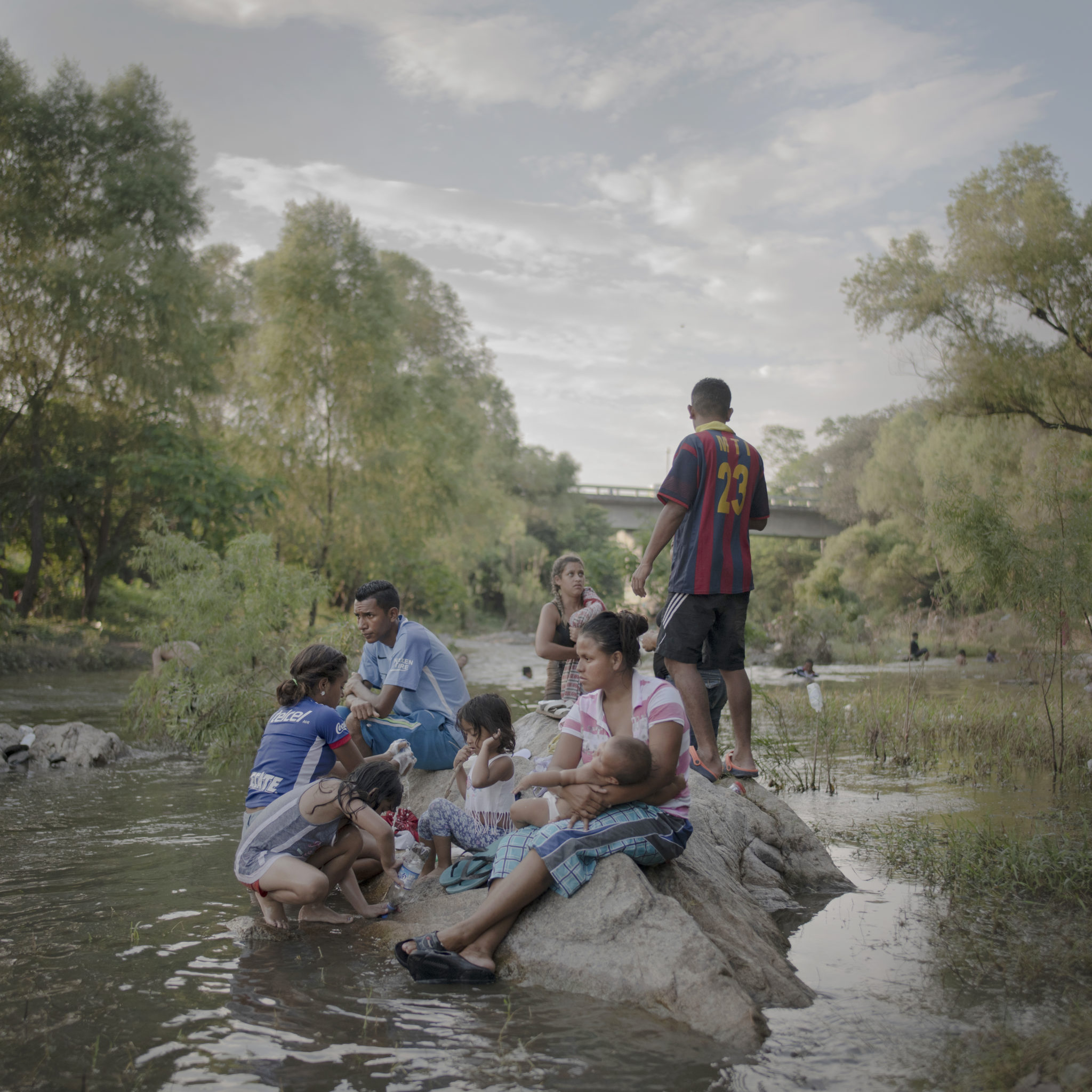 ‘The Migrant Caravan’ World Press Photo Story of the Year: During October and November 2018, thousands of Central American migrants joined a caravan heading to the United States border. Images: Pieter Ten Hoopen/ Agence VU/Civilian Act
‘The Migrant Caravan’ World Press Photo Story of the Year: During October and November 2018, thousands of Central American migrants joined a caravan heading to the United States border. Images: Pieter Ten Hoopen/ Agence VU/Civilian Act“It had to be very cohesive, the editing of the story itself had to be quite strong, and the storytelling had to be there,” she said. “There had to be different elements of the scenario.”
Jury member Yumi Goto said: “There is such a high sense of dignity. It really tells me about hope, what hope really means.”
Mr Ten Hoopen said he wanted to cover “what it means to be on the road to a new life – or what people hope to become a new life.”
I wanted to focus on the human aspects, on relations between the people and how they handle it,” he said.


